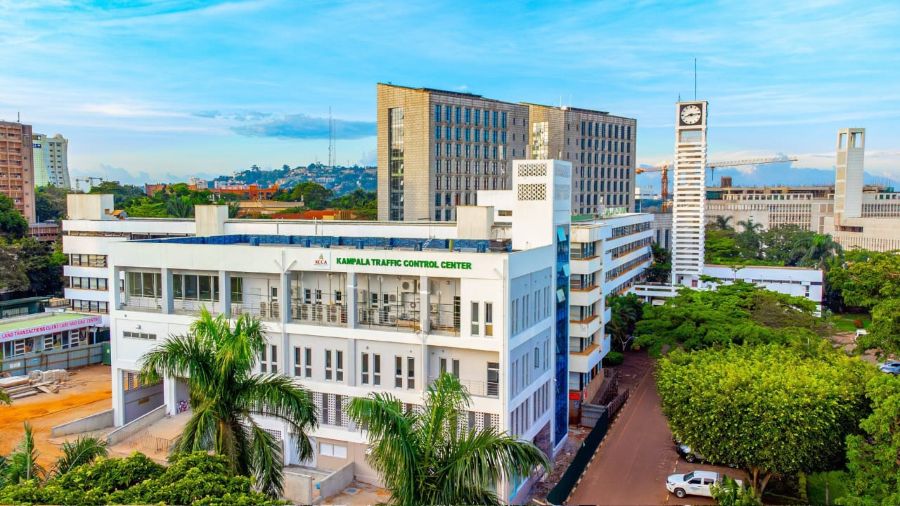East Africa’s first traffic control centre opens in Kampala city
Kampala has staked its claim as a regional leader in urban innovation with the launch of a shs7 billion (USD 24 million) state-of-the-art Traffic Control Centre, the first of its kind in East Africa.
The facility, funded and implemented through the Japan International Cooperation Agency (JICA), marks a turning point in how the capital manages its growing traffic burden and sets the stage for smart, sustainable urban living.
Speaking at the unveiling, Japanese Ambassador to Uganda, Takuya Sasayama, praised the project as a practical intervention for one of the city’s most pressing challenges.
“Waste management, transport, pollution, these are multifaceted problems. At least, for traffic, part of the answer is here. I thank the police for their work, and I hope this facility makes their efforts much easier,” he said.
The centre, connected to 30 major intersections across Kampala, is designed to monitor and manage traffic in real time, provide critical data for urban planning, and strengthen partnerships with agencies such as the police and researchers.
KCCA Executive Director, Hajjat Sharifah Buzeki, highlighted its transformative potential.
“Connected to 30 intersections across the city, this system will monitor and manage traffic in real time. It is not only for KCCA but also for our partners in the police, researchers, and traffic managers. We are committed to operating it to the highest standards, expanding it, and eventually integrating artificial intelligence,” Buzeki said.
The project has been hailed as a climate-smart intervention that will cut congestion, lower greenhouse gas emissions, and support Uganda’s mass transport strategy.
Hon. Kabuye Kyofatogabye, Minister of State for Kampala Capital City and Metropolitan Affairs, described it as a cornerstone in the city’s transport reforms.
“This center supports government programs on mass transportation and will go a long way in reducing emissions and improving the quality of life for city dwellers,” he noted.
Lord Mayor Erias Lukwago went further, framing the facility as a defining symbol of Kampala’s evolution.
“This project will reduce emissions, enhance enforcement capacity, and make transport management more efficient. We must celebrate this achievement and thank the government of Japan,” he remarked, calling the centre a “monument on Kampala’s skyline.”

Delivering the project was not without challenges. JICA Representative Yoichi Inoue said its completion in the wake of the COVID-19 pandemic reflected resilience and determination.
“Traffic congestion affects productivity and increases pollution. This facility is a model for the region, and I humbly request that future projects be integrated into this one to maximize impact,” he said.
Uganda’s Engineer-in-Chief, Eng. Stephen Kitonsa, emphasized the advanced tools introduced, including modern monitoring systems and data-driven traffic models to improve safety and efficiency on Kampala’s congested roads.
To cap the ceremony, Ambassador Sasayama, Minister Kyofatogabye, Lord Mayor Lukwago, and ED Buzeki each planted a tree at City Hall, symbolizing Kampala’s commitment to greener, more sustainable growth.
Editor:msserwanga@gmail.com
- Energy Minister Nankabirwa Calls For Collaboration To Unlock Uganda’s Mineral Sector Potential - September 27, 2025
- Uganda Ushers In A New Era Of Industrialization As President Museveni Commissions The Kiira Vehicle Plant - September 25, 2025
- Minerals And Mining Sector Players Urged To Adopt GIS For Effective Planning And Service Delivery - September 25, 2025












